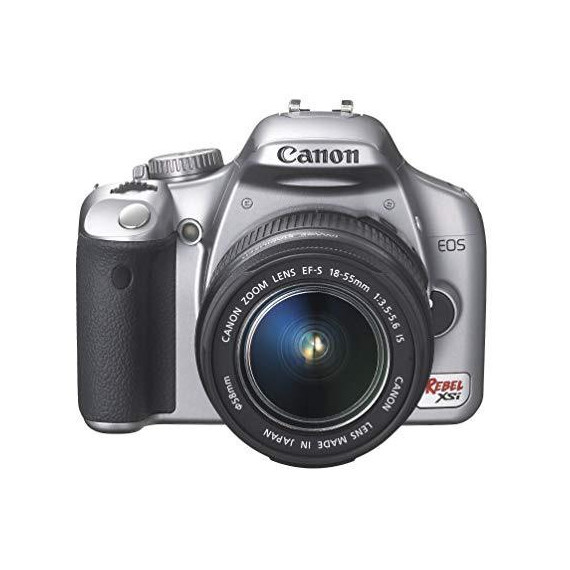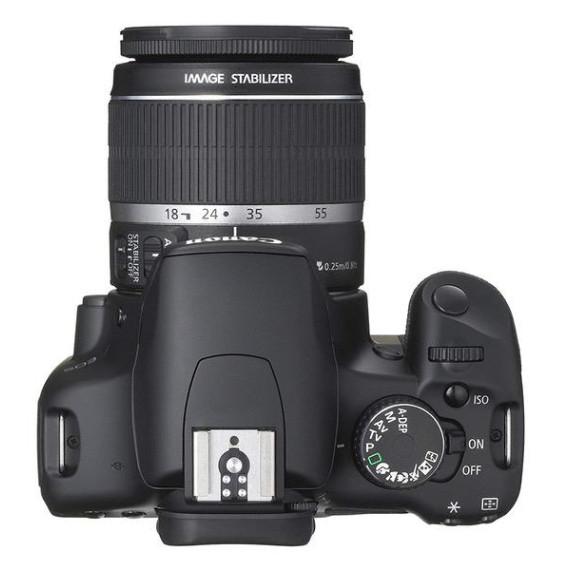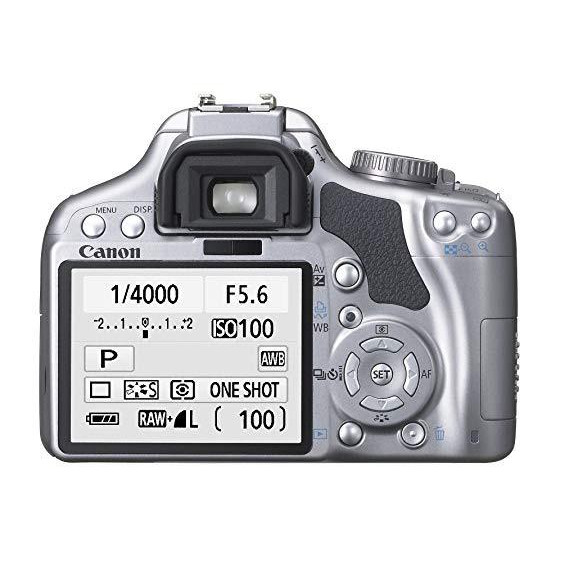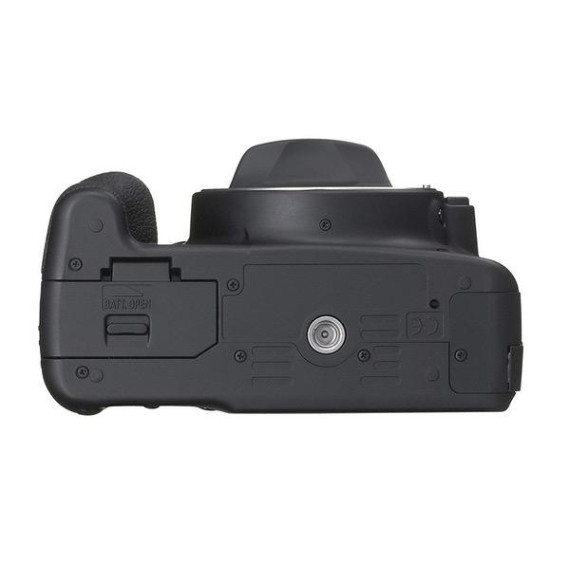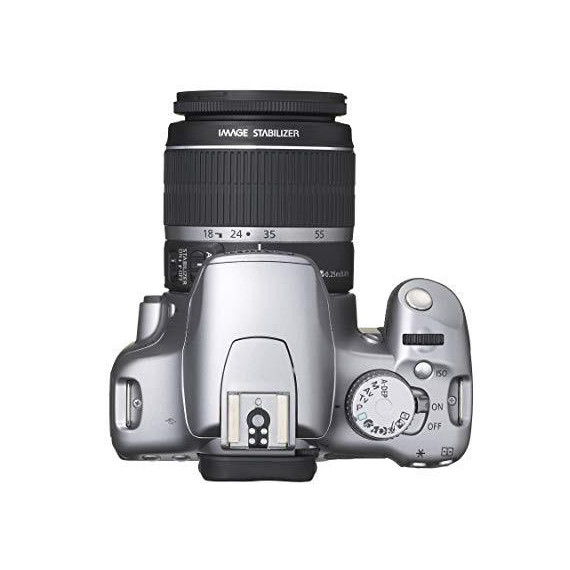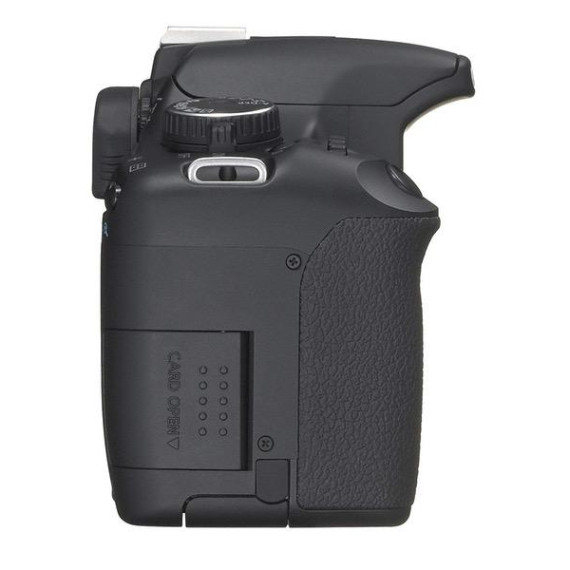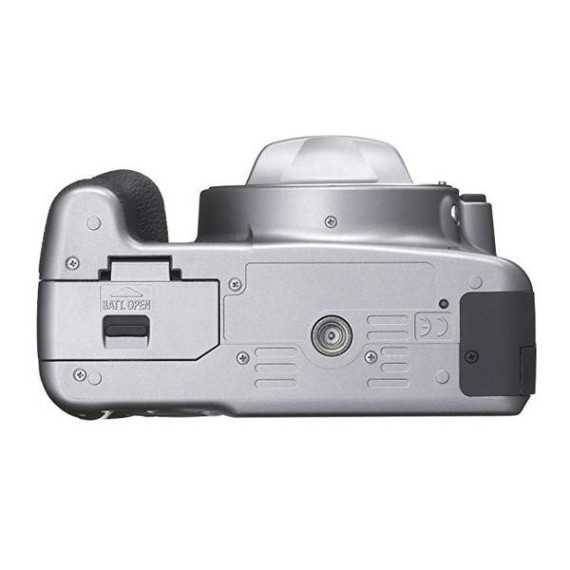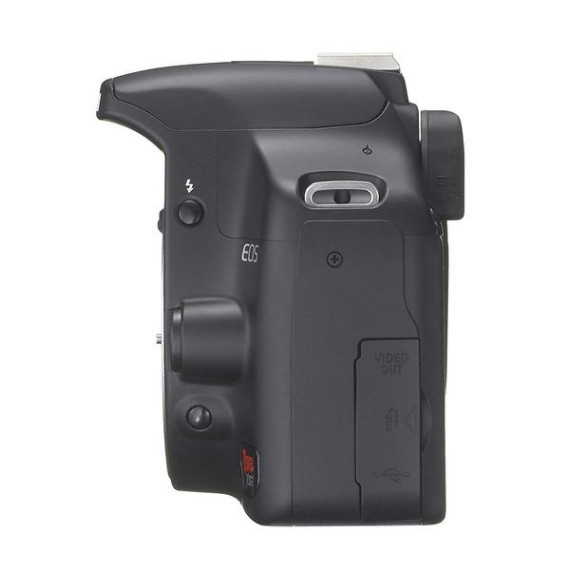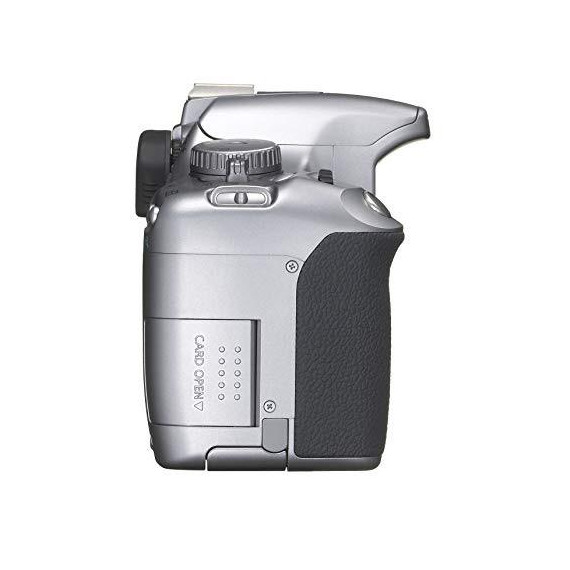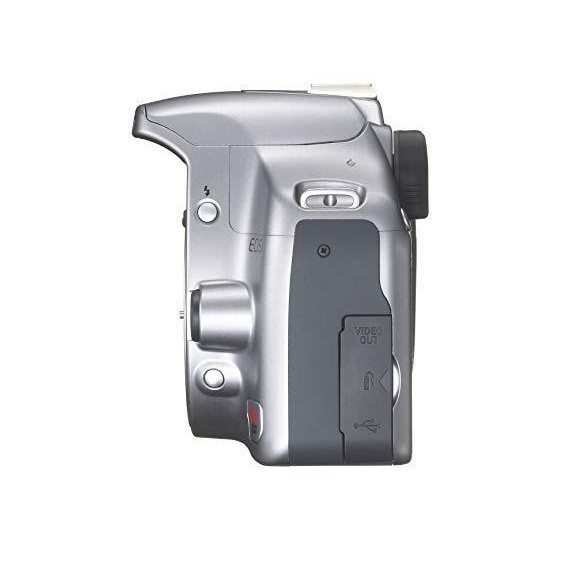Hyun Yu
My journey with DSLRs began back in 2003 with the original Digital Rebel. DSLRs changed my photography for the better like nothing else. Five years and some 25,000 shots later, its still going strong. Along the way I upgraded to the Canon 30D, which is a fantastic camera as well. When the 40D was announced, I decided to wait until the 50D sometime in 2009, but wanted a newer backup/second body for my photography needs. So when the XSi/450D was announced, it sounded like a perfect fit for my needs. I got it from Amazon.com three days ago, and have given it a pretty good workout since then, having shot about 650 shots under a variety of shooting conditions and with a number of different Canon and third-party lenses. The following are my impressions. The build feels very good. The camera feels wonderfully light yet well built. Im 6ft tall with average size hands, and the camera feels good in my hand. The battery grip, to me, defeats the purpose of having a small, light DSLR, so I opted for a Hakuba/Opteka grip (its a plate that screws into the tripod socket that enables you to use the excellent Canon E1 hand strap with it) and I couldnt be happier. Im not a fan of neck straps, so this works well for me (see the uploaded photo for the configuration). Most of the menu buttons on the back feel different from the ones on the original Digital Rebel and the 30D; the XSi buttons feel more tactile and have a definite "click" to them when you press them. The exception are the Exposure Lock (*) and AF selector buttons, which have retained the deeper, softer feel of the older cameras. Just different, not better or worse, for me. The LCD is now 3" with 230K pixels. The playback images look great, and probably because of the higher resolution of the sensor, theres a very slight delay when you zoom in to 10x while the image loads and displays properly. People coming from other cameras or brands might not even notice it--I only did so because of the difference between it and my two other Canon DSLRs (which have lower resolution sensors). The viewing angle of the LCD screen (how clearly you can see the screen from side and up and down) is excellent; you can still see the screen holding the camera almost straight up for an overhead shot (more on this later). Id estimate the viewing angle is about 160-170 degrees both horizontally and vertically. The Digital Rebel has a separate status screen above the main LCD screen, and the 30D had one on top of the camera, so I wasnt sure if I was going to like the big LCD acting as the status screen and no top screen. Im happy to say that this arrangement works well, at least for me. The back screen makes it really easy to take all the settings at a glance. The viewfinder is much larger and brighter than that in the Digital Rebel. A humongously welcome feature for me is the always displayed ISO value in the viewfinder. The camera is only 1/2 of the image quality equation, the other being the lenses being used. Coupled with my favorite lens, the Canon EF 70-200mm f/4 L telephoto lens, the XSi turns out fantastic images. The supplied kit lens is very light and compact for being an image stabilized lens, and turns out good performance. The IS is certainly very useful. Two features that used to be missing from the Digital Rebels and found in the more expensive DSLRs are now featured in the XSi: spot-metering and flash exposure compensation (these may have been available in the previous Digital Rebel model, the XTi, as well). The inclusion of those two features make the camera a much more complete and compelling photographic tool. The timer function now has a custom mode, where itll count down from 10 seconds then take a number of shots (specified by you) in succession. No more running back and forth to reset the timer after each shot! Theres also the traditional 2-second timer. Lets talk for a minute about sensor and the ISO values. XSi/450D has five ISO values you can choose: 100 (best image quality), 200, 400, 800, and 1600. Higher ISO increases the camera sensors sensitivity to light, thus you can achieve faster shutter speeeds for a given lighting condition. However, the trade-off is that the sensor "noise" (think grain for film photography) increases with higher ISO, so you get a degraded image quality in return for less blurred photos from hand shakes (thanks to faster shutter speed). This may come in handy in situations where flash photography is not permitted, such as a museum or a concert or theater. HOWEVER, compared to point-and-shoot digital cameras, the larger sensors of DSLRs, including the XSi, means that even at ISO 800 and 1600 you get very usable images right out of the camera. Running the images shot at those ISO settings through any number of third-party noise reduction software will improve them even further. This ties in to another very useful feature of the XSi/450D that makes life easier for the photographer: The Auto ISO function. By default, Auto ISO sets the ISO (the sensor sensitivity to light) between 100 and 800 (by using custom functions, this can be changed to 200-1600). If you are, for example, shooting your kids indoor basketball game and you know that you need a shutter speed of at least 1/200 sec to "freeze" the action, then you can set the camera to Tv (shutter priority mode) and set the value to 1/200, and set the camera to Auto ISO. Then the camera will match the aperture and the ISO to achieve proper exposure at that shutter speed. With my other DSLRs, setting the camera to shutter priority only allowed the camera to adjust the aperture value; ISO setting had to be adjusted manually. With the XSi/450D, the ability for the camera to adjust the ISO value automatically makes it one less thing for you the photographer to worry about. Ive only tested the Live View function to see how it works, but I can already see how useful its going to be in studio and macro shootings. Just a note, you cant half-press the shutter to autofocus while in Live View mode. You can either manual focus, or use one of the two autofocus methods, quick (the mirror flips up, the LCD goes dark for a short while, and flips down with focus locked) or live (the camera uses the LCDs contrast detection to achieve the focus--this method is slower than the quick method), both by pressing the exposure lock button (*) while in the Live View mode. Using either the RS-60E3 wired remote or RC-1 wireless remote in Live View mode will ONLY trigger the shutter, and has no bearing on focusing. Some people seem to be under the impression that the inclusion of the Live View feature will enable them to use the XSi/450D as they do point-and-shoot digital cameras, to compose their shots. That is not the case. You cant really make a functioning use of the Live View feature unless the cameras securely mounted on a tripod or on a flat surface. Both Live View focusing modes, while precise, are too slow to be used for hand-held shooting. Having said that, there is one use of Live View in hand-held shooting that Ive come to value. When shooting overhead or over an obstacle, I can, with the same hand holding the camera, trigger the Live View, compose the scene through the LCD monitor (even if its out of focus, its easy to get the general framing right), disable Live View, and take the photo normally. With a little practice, this can be accomplished very quickly. Very handy when youre just holding the camera overhead and hoping for the best. The Direct Print button thats been much ridiculed and maligned in most Canon cameras now double as the white balance menu button. The Set button in the middle of the four-direction arrow keys can be programmed for a number of different functions: Change image quality, flash exposure compensation, LCD monitor on/off (same as Display button, but can be triggered by the same hand holding the camera), and Menu display (again, can be triggered by the same hand holding the camera). There is a dedicated ISO button, which is also very welcome. It can easily be accessed during shooting with the right thumb, thereby minimizing the interruption to shooting. The battery life seems very good. Ive shot about 500+ shots on a single charge and the status monitor is still showing charge at full. Im using Transcend 8GB Class 6 SDHC card with it. At ISO 100, the camera reports it can fit 396 RAW+JPG (highest quality) on it, but in reality it can probably fit about 420-450 (the cameras always conservative when estimating). With RAW only, it can fit 507. With highest quality JPG, it can fit 1,822. Note that as ISO increases, so do the file sizes and thus you can store less images per card. For example, on ISO 1600, the same card can only hold 323 images, compared to 396 at ISO 100. My only gripe, and this is more about me than the camera, is the RAW+JPG buffer. I always shoot RAW+JPG, and the buffer will only hold four images at that speed (this is a limitation thats built into the cameras memory buffer system, and thus using a fast memory card doesnt help--see p.64 of the manual). When the buffers full, you can take two additional images at about a frame a second, then have to wait until the buffer empties (finishes writing to the memory card). When shooting RAW only, its 6 images. When shooting JPG only, then its no problem at more than 50 frames. Ive found myself switching the mode dial to Sports mode when Im shooting a fast-moving subject and the buffer simply cant keep up with it. Well, thats why Canon produces different grades and ranges of DSLRs. Ive uploaded some photos that I shot of the local wildlife. Most if not all of those were taken with the EF 70-200mm f/4 L lens. All in all, its a fantastic camera. Pretty amazing to see how far the entry-level DSLRs have come in just a few years in terms of features, interface, ergonomics, and quality. Im very pleased with my purchase and intend to have lots of fun shooting pictures with it.




